SPACE July 2023 (No. 668)
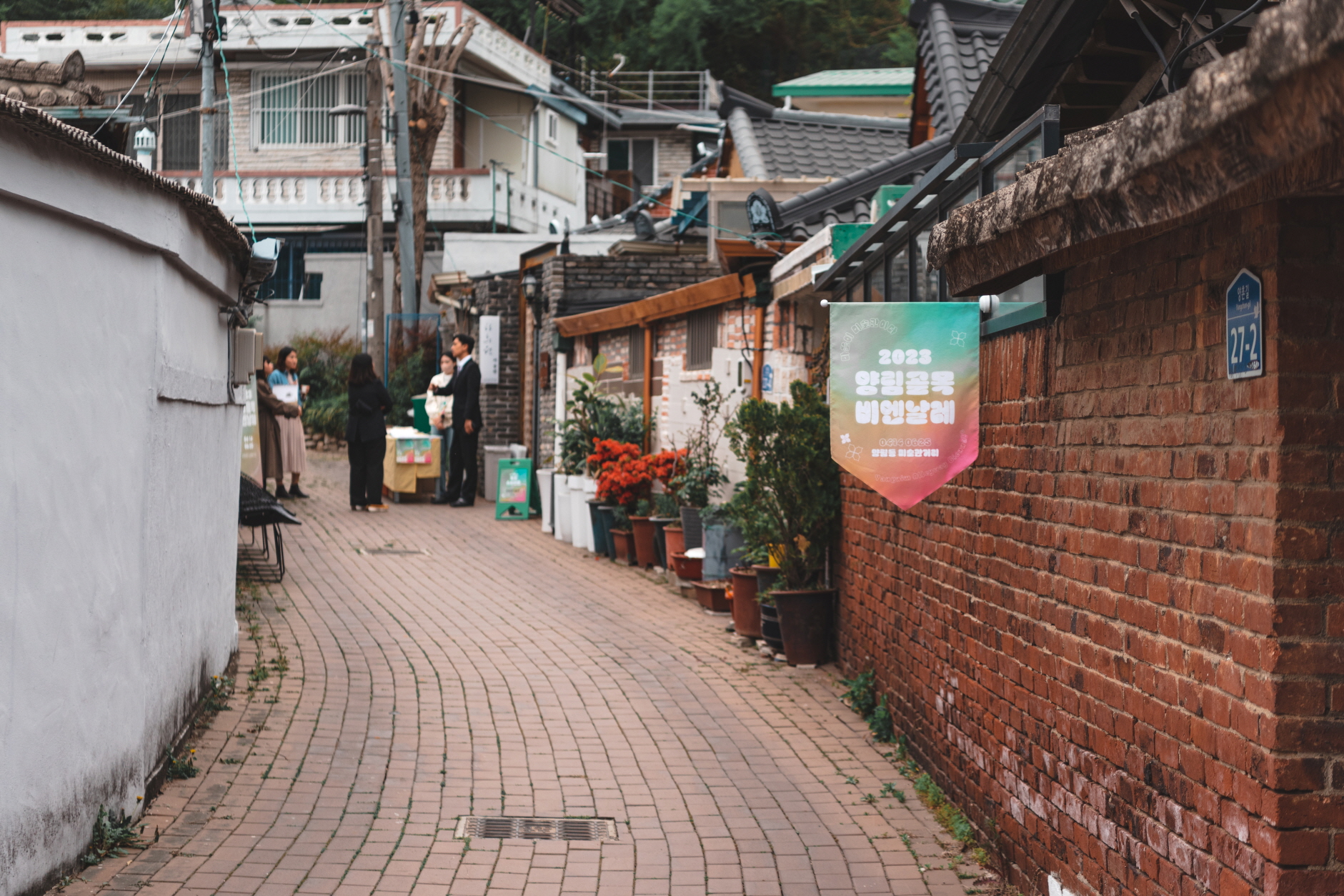
Yangnim Alleyway Biennale offers the unique experience of encountering art in every corner of the neighbourhood. / Image courtesy of 10Y_GROUND
New Possibilities for an Alternative Biennale: Yangnim Alleyway Biennale
Biennales are in full swing around the world, including the Venice Biennale. In Korea, the globally recognised Gwangju Biennale opened in April and will be open until July. Around the same time, another biennale was held in Gwangju; the Yangnim Alleyway Biennale, a festival organised by planners and local artists in the village. At the intersection of a large scale biennale, featuring artists from around the world, and a smaller biennale organised by local artists in their own neighbourhoods, Zoh Kyungjin (professor, Seoul National University) looks to the new possibilities for art to play a key role in our neighbourhoods and cities.
-------
An Era of Biennale Glut
In the autumn of 2021, more than a dozen biennale were held at once across the country thanks to the simultaneous resumption of events postponed due to the Coronavirus Disease-19. Many cities across the country competed with each other, such as Gwangju Design Biennale, Cheongju Craft Biennale, Daegu Photo Biennale, and Seoul Biennale of Architecture and Urbanism. Its the era of biennale glut. Cities organise biennales for a variety of reasons. They try to highlight a city.s cultural credentials and turn it into an identity, which can attract tourists and promote related industries. Art, design, craft, and architecture biennales have this intention. Host cities are bound to pay attention to the number of visitors, so they often focus on external achievements rather than an internal degree of completion. Unlike art fairs, however, biennales take a more serious approach to their narrative, themes, and locations. Sometimes, this leads to a confrontation with the challenges that the community faces. A biennale is added to a city.s legacy and is often converted into a region.s potential capacity.
Many cities put great effort into the preparation of biennales as they can be an effective way of transforming a city.s image. But what positive impacts can biennales have on cities beyond the production of new aesthetic or critical discourses? Besides attracting tourists, can they provide new experiences or perceptions for visitors or citizens of the city? There are criticisms of biennales held in many cities around the world. They have limitations, such as the repeated use of artistic grammars across similar formats, conceptual planning that may be difficult to communicate to the public, and a superficial understanding of the context of time and place and others. Perhaps now the format of the biennale should be undamentally examined. Furthermore, the meaning of biennales should be looked upon in relation to the city. How can art intervene in the city? How can we raise questions about urban issues that emerge in every corner of our daily lives? It is time to consider the possibilities posed by art as a practice for uncovering marginalised subjects and areas.
Biennales and Cities
Biennales first began in Venice in 1895. The Venice Biennale is still the foremost biennale in the world, with an estimated 800,000 visitors in 2022. Originating in the West, biennales have spread throughout the world since the 1990s, becoming a cultural phenomenon and singular strategy for urban cultural marketing. The Biennale Foundation.s list shows that there are more than 270 active biennales around the world, making the ‘biennale boom’ a global phenomenon. Biennales are at the centre of networks where artists compete across borders and dream projects are realised.
In Korea, Gwangju Metropolitan City first launched the biennale in 1995. The unique geographical conditions of the city, as a city of arts and a sacred site for the Gwangju Democratic Movement, have given birth to many new artistic imaginations. In addition to Gwangju Biennale, it has expanded to the Gwangju Design Biennale and Gwangju Folly. In 2018, the biennale transformed the former Gwangju Hospital of the National Army into an exhibition space and attempted to communicate with visitors by evoking the memory of the democratisation movement. The city launched a pavilion project in collaboration with overseas art institutions and held exhibitions in various locations around the city. Maintaining this approach in 2021, the biennale provided visitors with the experience of exploring the city. The 14th Gwangju Biennale also draws upon various places in the city as national pavilions, creating solidarity with other cities and institutions around the world. Exhibitions in museums, temples, parks, and multicultural spaces provide an experience of encounter and collision between the world and the neighbourhood.
The limitation is that Gwangju Biennale has not received much attention from the citizens of Gwangju in spite of worldwide recognition for its status and value. The result partly comes from unique nature of contemporary art, but also from the limitation of its format. There are also complaints that biennales are distant from everyday life, or that biennale exhibitions are no different from the making spectacles out of everyday life. This is because art is expected to solve or heal urban problems aside from its own agendas. This can be a limitation on large-scale initiatives and networks such as biennales. Without the framework of a biennale, art can be more powerful when it breathes with people, focusing on the concrete aspects of everyday life rather than abstract discourse, and immediate small-scale change rather than grand strategies. From this perspective, I will examine the Yangnim Alleyway Biennale, a site-specific village art festival.
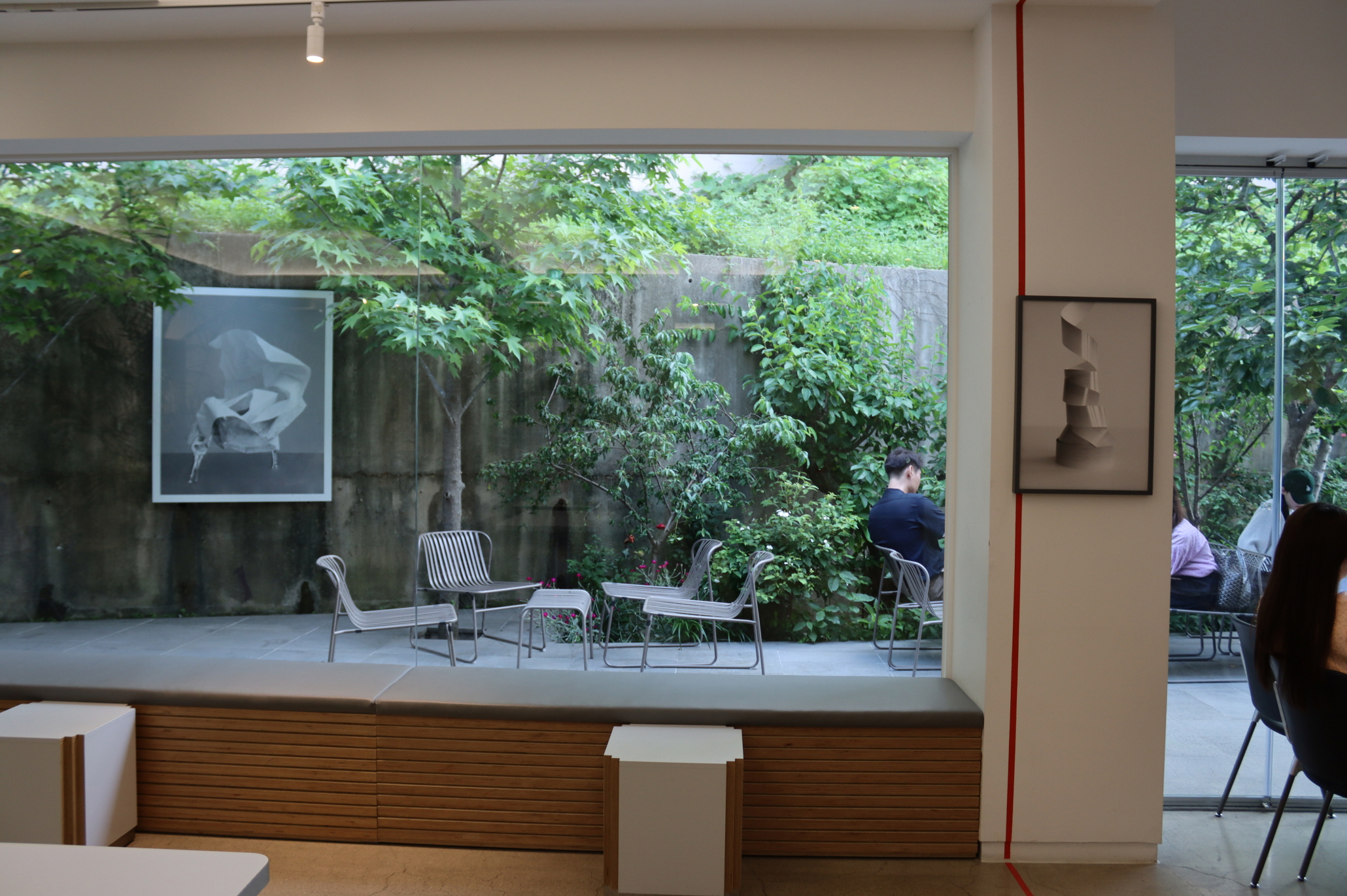
Leeleenam studio used as the Swiss Pavilion at 14th Gwangju Biennale. The carefully cultivated garden is also a valuable place to relax at the exhibition. / ⓒKim Jeoungeun
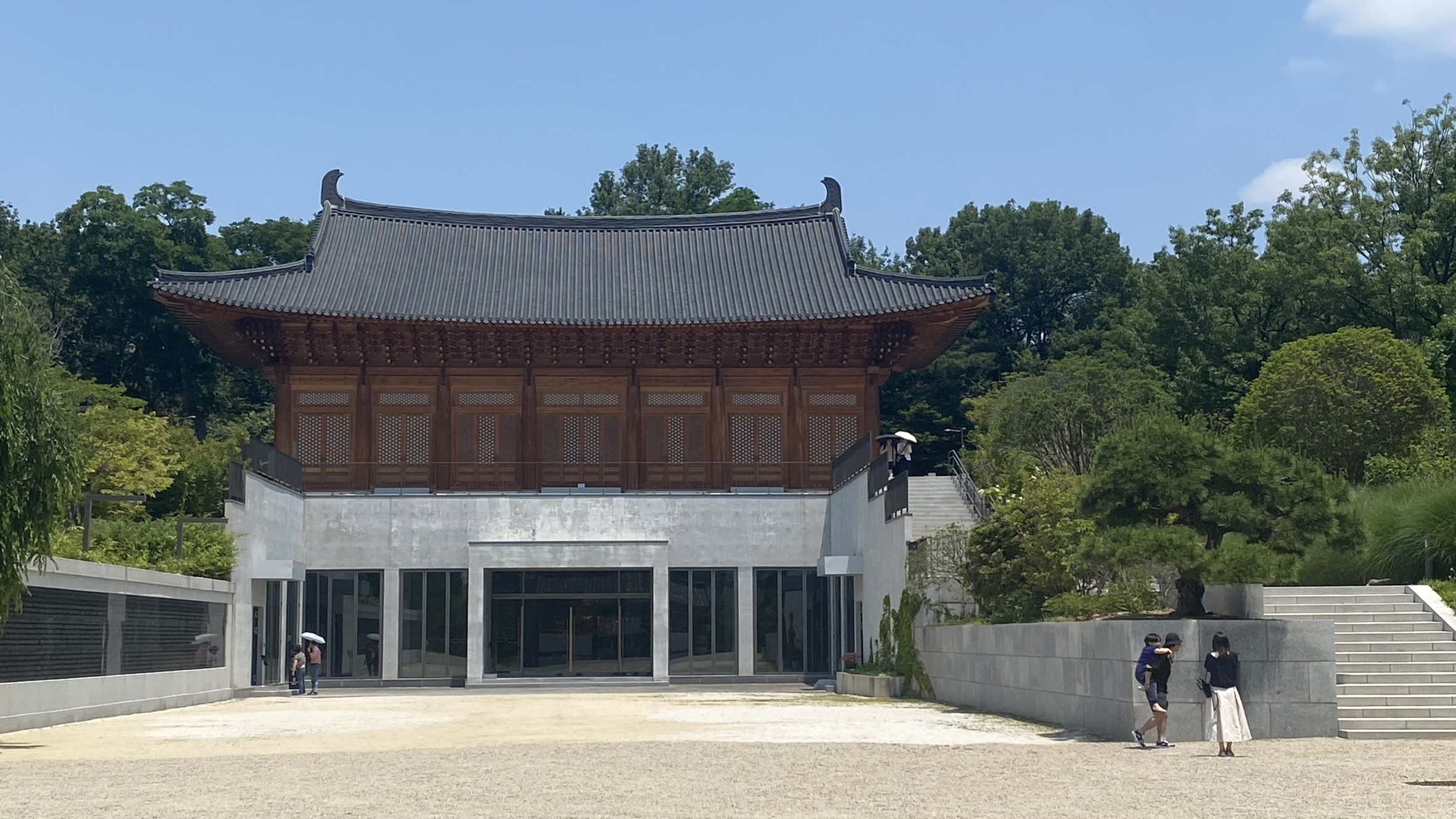
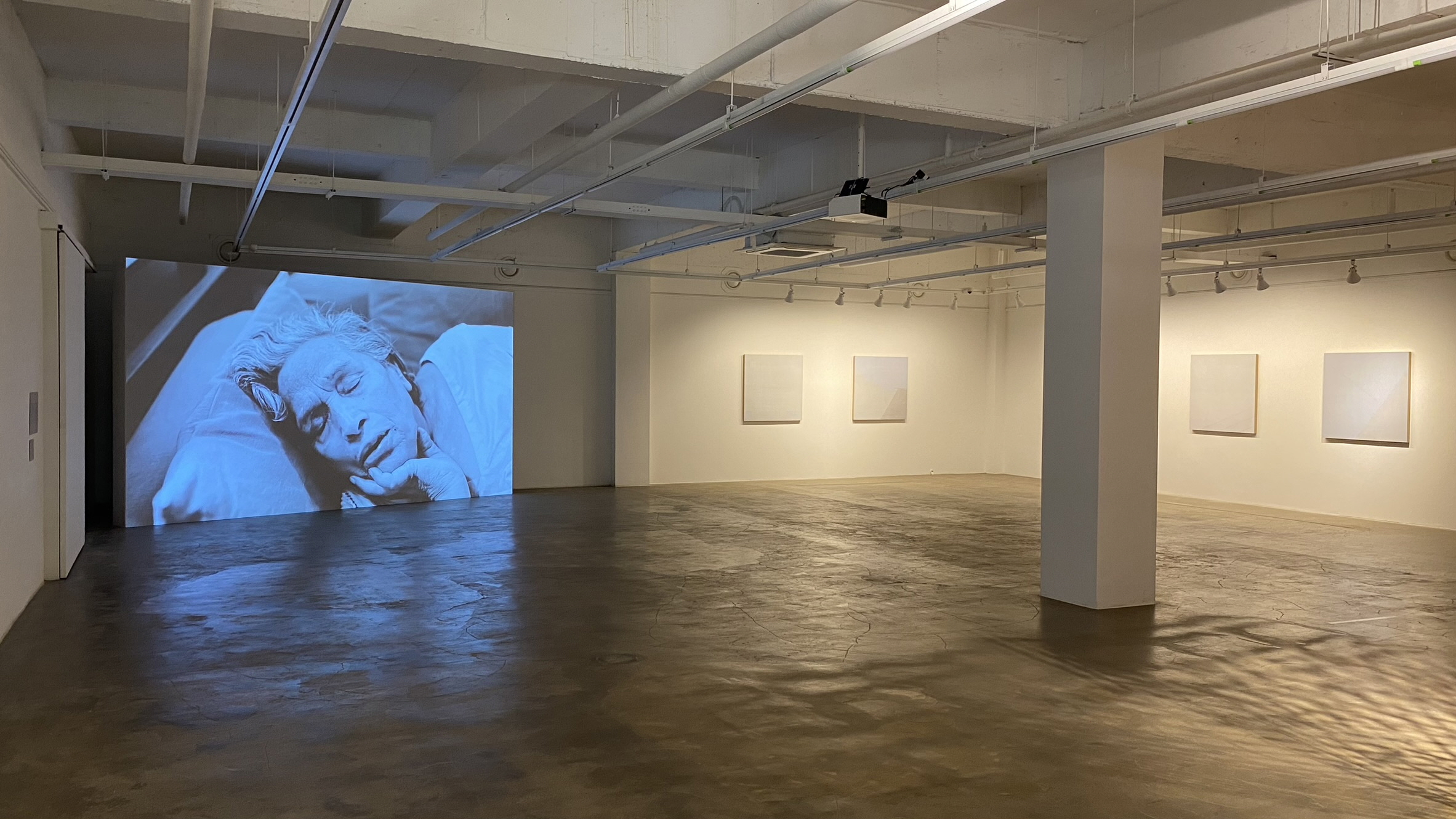
Mugaksa used as an exhibition space for the 14th Gwangju Biennale. It invites visitors to discover hidden spaces in the city. ⓒKim Jeoungeun
Yangnim-dong: A Historical and Cultural Village
Yangnim-dong is an old village in Gwangju. Horanggasy Artpolygon, a local art space in this area, is the venue for the 14th Gwangju Biennale this year. Yangnimdong is a residential neighbourhood with a commanding view of the Mudeungsan Mountain, and is surrounded by the Gwangjucheon Stream, Sajiksan Mountain, and Yangnimsan Mountain. In the early 20th century, missionaries settled here, building churches, schools, and hospitals. Since then, Yangnim-dong has been at the centre of not only missionary activities, but also modern education, medical care, and cultural activities. Missionaries built houses in the western-style and planted trees brought from the United States and Canada have provided an exotic landscape. In addition, there are several modern historical sites representing Gwangju thanks to well preserved traditional houses within the hanok residences. Here, traditional and foreign cultures overlap to create an exotic atmosphere. The architectural historian Cheon Deukyoum (professor, Chonnam National University) calls Yangnim-dong a ‘symbolic space with the memory of Gwangju’s modernity’.
Yangnim-dong is also a collective residence for many artists who receive poetic inspiration here following the liberation of Korea. Since the early 2000s, many artists and cultural organisers settled down there, revealing its character as a cultural village. Artists and cultural workers purchased a pharmaceutical company warehouse, houses, and a kindergarten building and stayed there. The resident artists and cultural planners in the neighbourhood naturally formed actors who can culturally transform the area. Yangnim-dong, a neighbourhood of more than 7000 people, can be divided into a hanok preservation district, a residential preservation area called Penguin Village which is a kind of a tourist destination, the Horanggasy Hill area where missionaries stayed, and general residential areas. Artists have turned their spaces in Yangnim-dong into exhibition spaces, meeting spaces, and cafes, which have revitalized their neighbourhoods and attracted many tourists. All of this has changed in recent years. Artists’ studios have become permanent exhibition spaces, creating a unique aura for the neighbourhood. Some artists’ workshops combined with cafes with gardens have formed essential tourist routes of Yangnim-dong tourism. As more and more people visit Yangnim-dong, cafes, bakeries, and restaurants have continued to spring up. Naturally, the entire neighbourhood is facing the risks that come with gentrification. However, this neighbourhood is relatively resistant to gentrification because much of the land is owned by public institutions such as educational institutions and churches, and many artists own the land rather than rent. It is also noteworthy that many artists are moving to the area as it has become known as an art village.
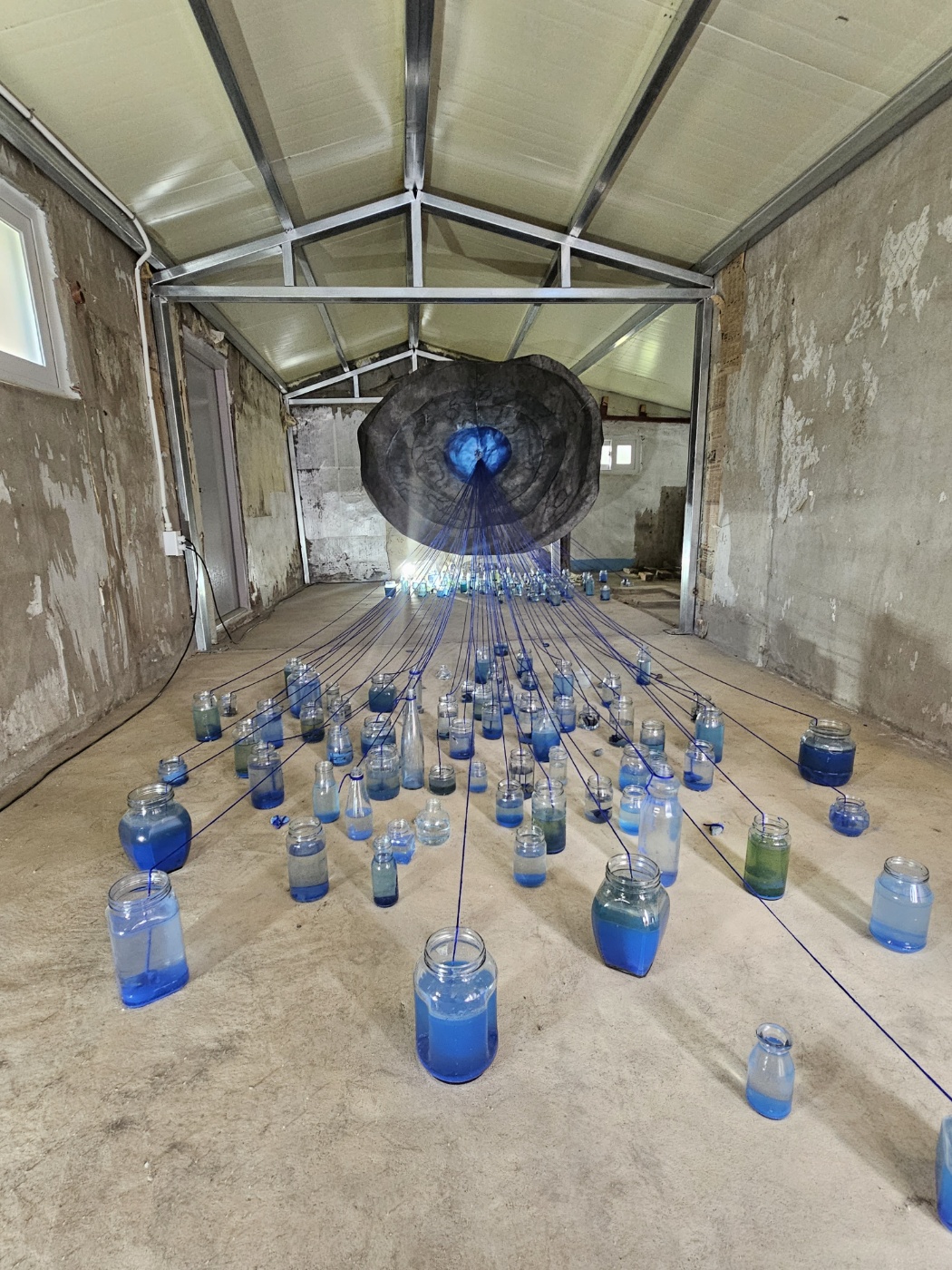
A special exhibition using an empty house at Yangnim-dong 165-3. The artwork Becoming Space by artist Youn Seyoung is on the theme of life. / ©Zoh Kyungjin
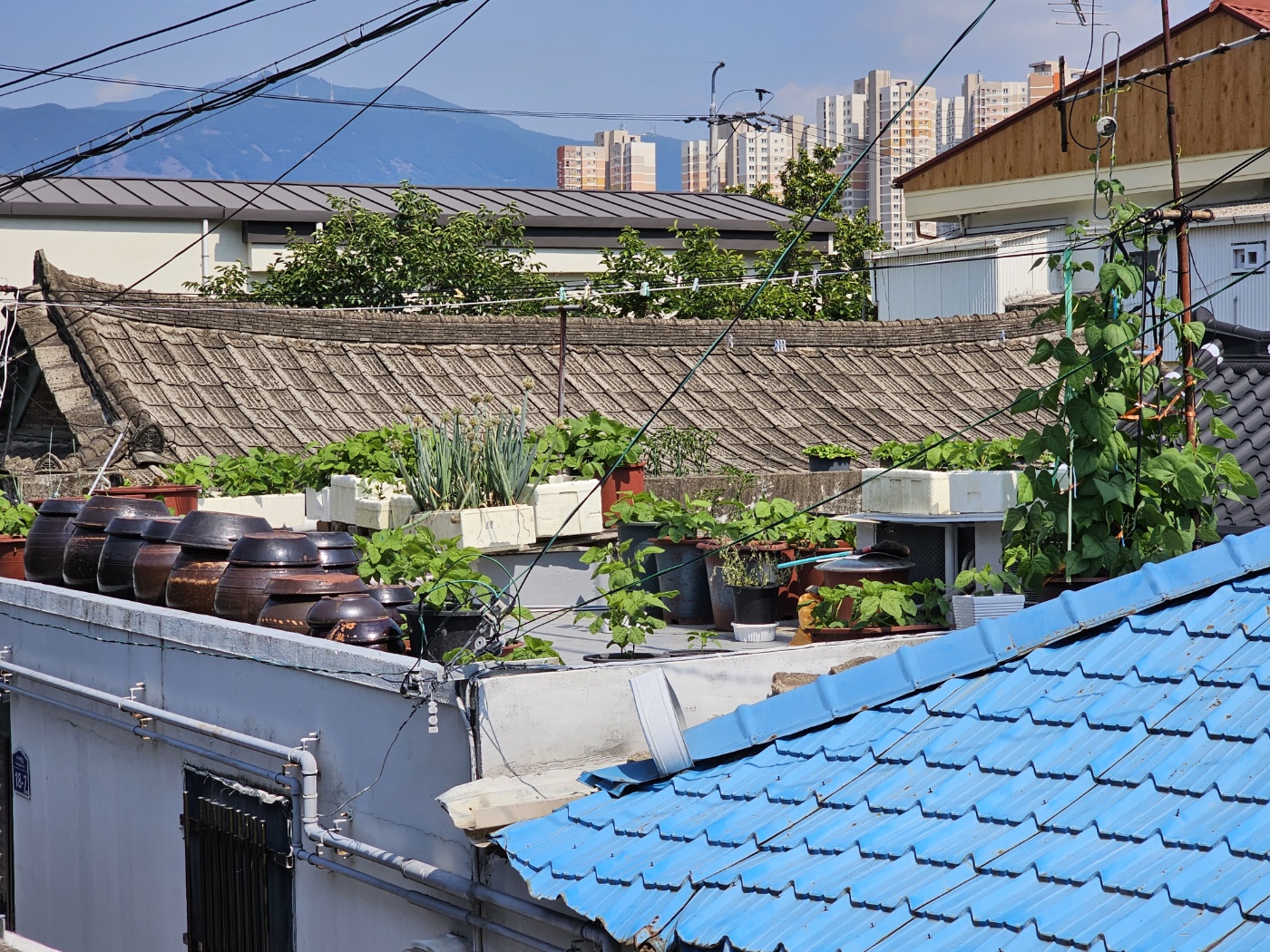
A rooftop garden facing the exhibition of Youn Seyoung.s work. The daily life of the village also creates a narrative within the context of the exhibition. / ©Zoh Kyungjin
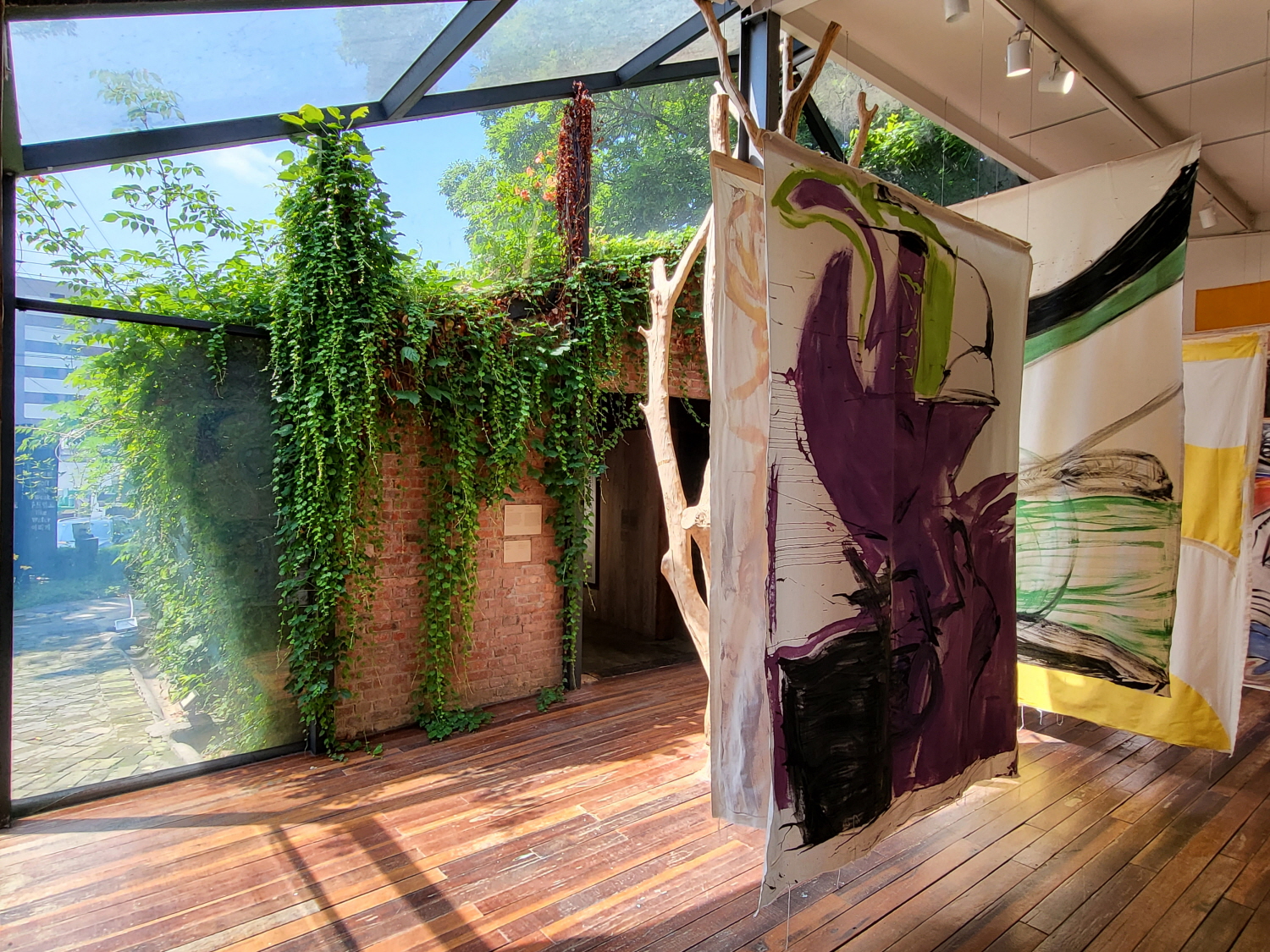
Horanggasy Artpolygon is used as an exhibition space for the 14th Gwangju Biennale, with artwork by Vivian Suter. / ⓒHoranggasy Artpolygon
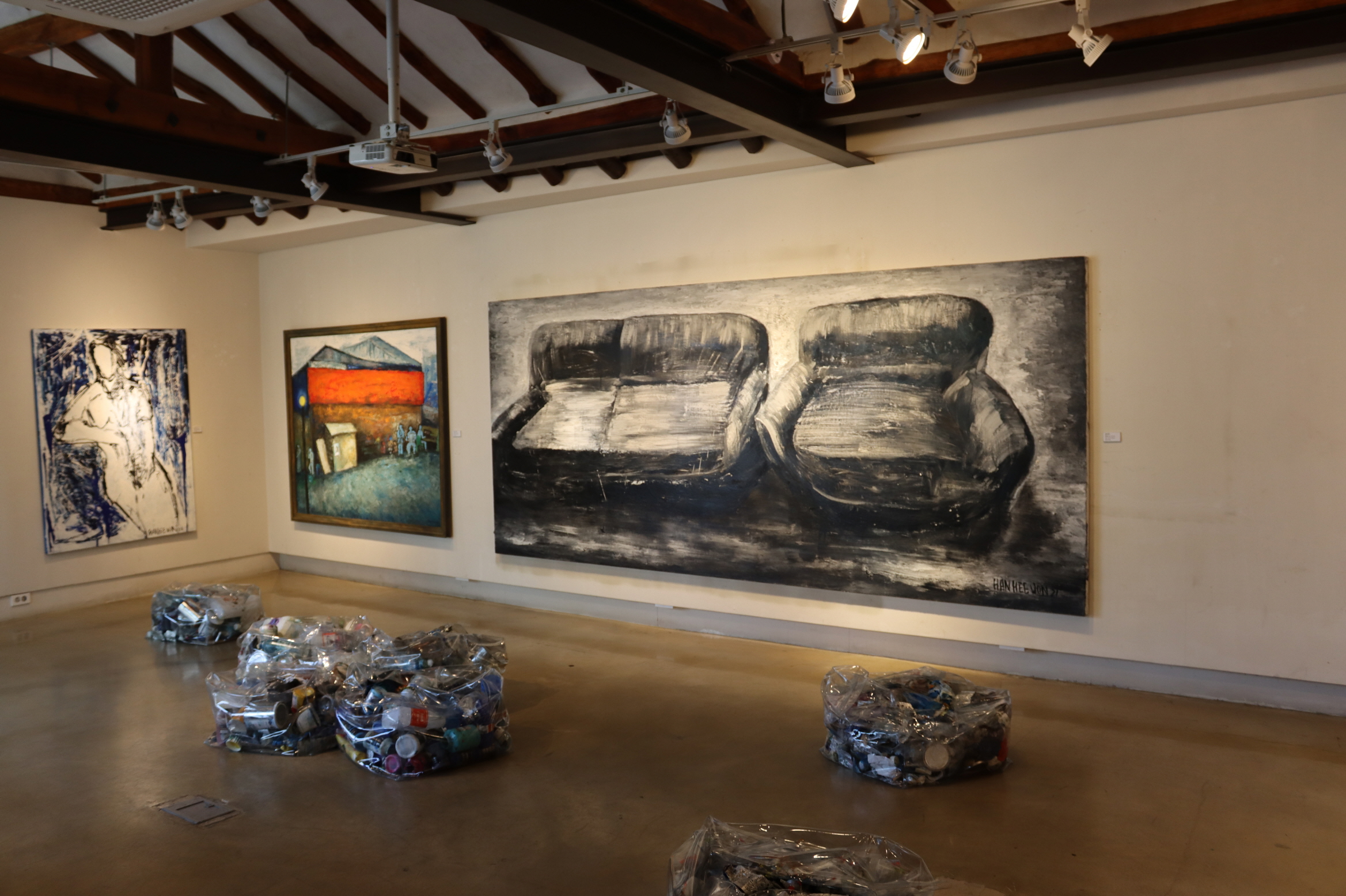
Exhibition at the Han Hee-Won Gallery / ⓒKim Jeoungeun
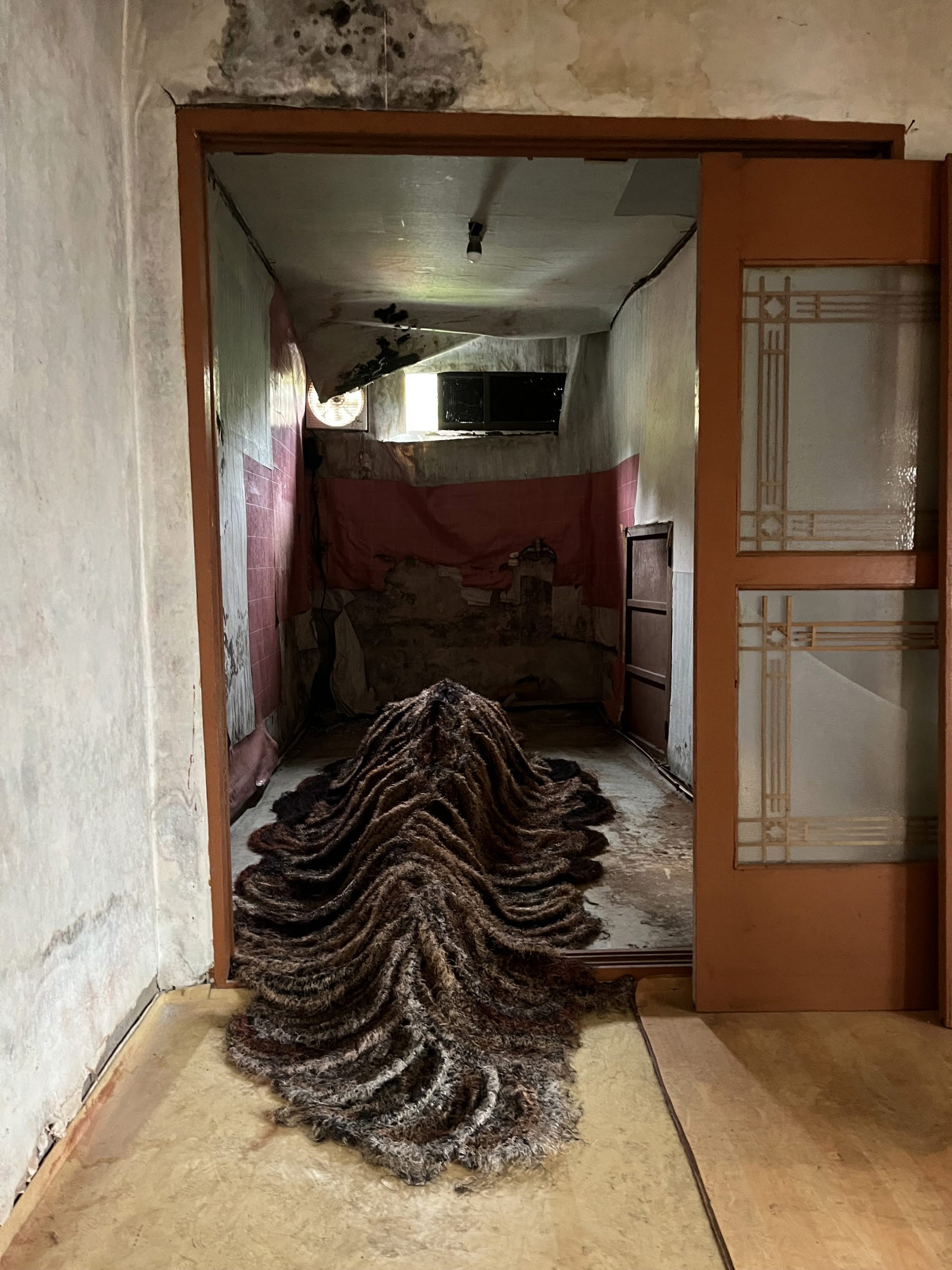
Special exhibition at Yangnim-dong 165-3. The artwork The Sounds of Life / Crossing the Threshold by artist Kim Seola draws attention to neglected spaces in a different way. / ⓒKim Seola
2023 Yangnim Alleyway Biennale: The Alternative to an Art Biennale
2023 Yangnim Alleyway Biennale, held from the 14th of April to the 25th of June, marked the second anniversary. It was a purely private initiative, organised by a group of artists in the neighbourhood, and promoted by villagers and merchants. Basic expenses were funded through cloud funding, and the public sector also provided voluntary sponsorship. They organised a range of content and related events, including special exhibitions and Open Studios as the core activities. The special exhibition shows site-specific works by young local artists produced in various empty houses and unused areas. The work that cohabits with old mould in an empty house creates a strong contrast to the space, and the rooftop garden right outside creates a strange contrast from the perspective of a living landscape. Local people are also voluntary participants in the biennale as they rent out their empty houses or unoccupied spaces for free. Open Studio is an exhibition that throws open the artists’ workspaces as they are. An artist’s studio in a narrow alleyway reveals the daily life lived by its occupant practitioner. The cafe, a key base in the biennale, is a place for an art market where artists can explain their works and sell them. Part of the proceeds donated to the event created a virtuous cycle. The five national pavilions of the 14th Gwangju Biennale, which will be held around the same time, use the cultural and artistic space in Yangnimdong. If Gwangju Biennale is a global event with artists from all over the world, centred on achieving a global agenda, the Yangnim Alleyway Biennale is a small gesture by local artists in a concrete living space. The art theorist Terry Smith distinguishes three layers of contemporary art in his book, What is Contemporary Art. The first is the works of famous artists who conform to the logic of capital, and those that fill famous galleries and art fairs. The second is the works of artists from around the world who hold a postcolonial perspective, often featured in biennales. The third category is the works of more countercultural artists focusing on local practices in regions and neighbourhoods. Gwangju Biennale and Yangnim Alleyway Biennale represent the second and third trends, complementing each other and creating tensions and confrontations. Despite the significant differences in public support, professional planning, and the size of the budget, Yangnim Alleyway Biennale privileges the value of small things that artistic planning can often miss, and sense of authenticity closely connected to the local community. Yangnim Alleyway Biennale has begun to take small steps by running Yangnim Spoon Week with restaurants and cafes for mutual benefit to local merchants, and the Yangnim Hanpyeong Forest project for young creators. Next year, the biennale will try to explore combining forests and gardens of Yangnim-dong through art projects. All of the special plants in the neighbourhood, such as horned holly, Persian lilac, evergreen magnolia, Osmantus asiaticus and Osmanthus fragrans, are precious resources. The poet Kim Hyeon-seung, who grew up in Yangnim-dong and loved the neighbourhood, described it as ‘my city ever-blooming like a flower when I see it from the mountain range’. This evokes memories of a neighbourhood rich in greenery and provides the basis for the alleyway biennale’s concept as an art forest.
Yangnim Alleyway Biennale began with the question, ‘What can art do for a neighbourhood?’ from Lee Hanho (principal, Juice Comefunny). He noted that what a neighbourhood can do for art should be considered. By collaborating with the Gwangju Biennale, he expressed his hopes that this biennale as a pavilion village will forge links between the town and the world. There are also criticisms about whether the Yangnim Alleyway Biennale can be titled a biennale. However, now is the time to deconstruct the biennale and reconstruct its subjects and formats. Globally, biennales are turning in the direction of different urban spaces and living with the narrative of a place. The Yangnim Alleyway Biennale is significant in that it attempts to reveal the power inherent in crossing people and their neighbourhoods in the seemingly trivial field, alleyway. The organiser said that they imagine how they might begin to live happily in the neighbourhood with the residents. In 2023, Yangnim-dong showed what could be possible for an alternative urban biennale.
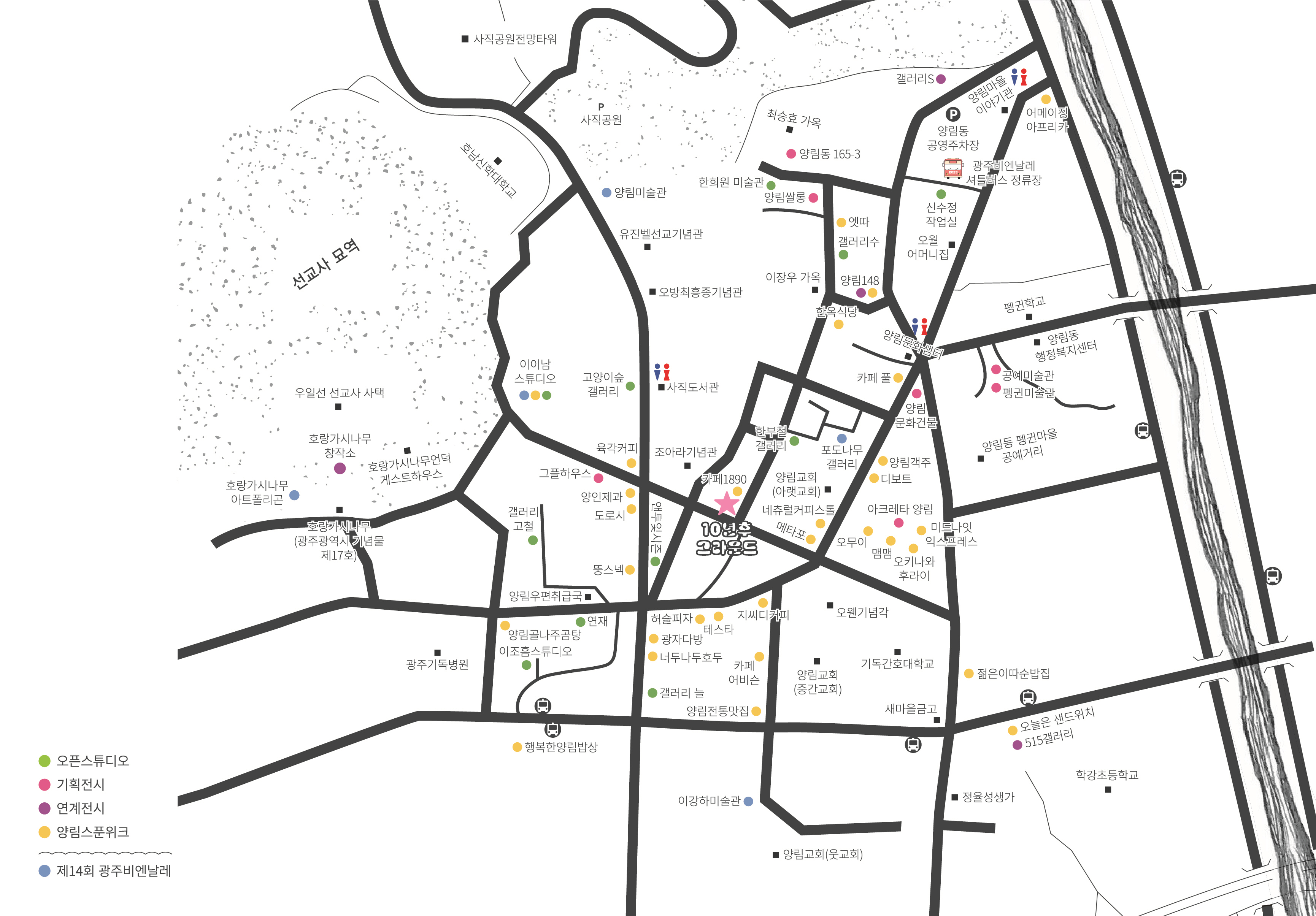
Programme map of the 2023 Yangnim Alleyway Biennale / Image courtesy of 10Y_GROUND
You can see more information on the SPACE No. 668 (July 2023).





